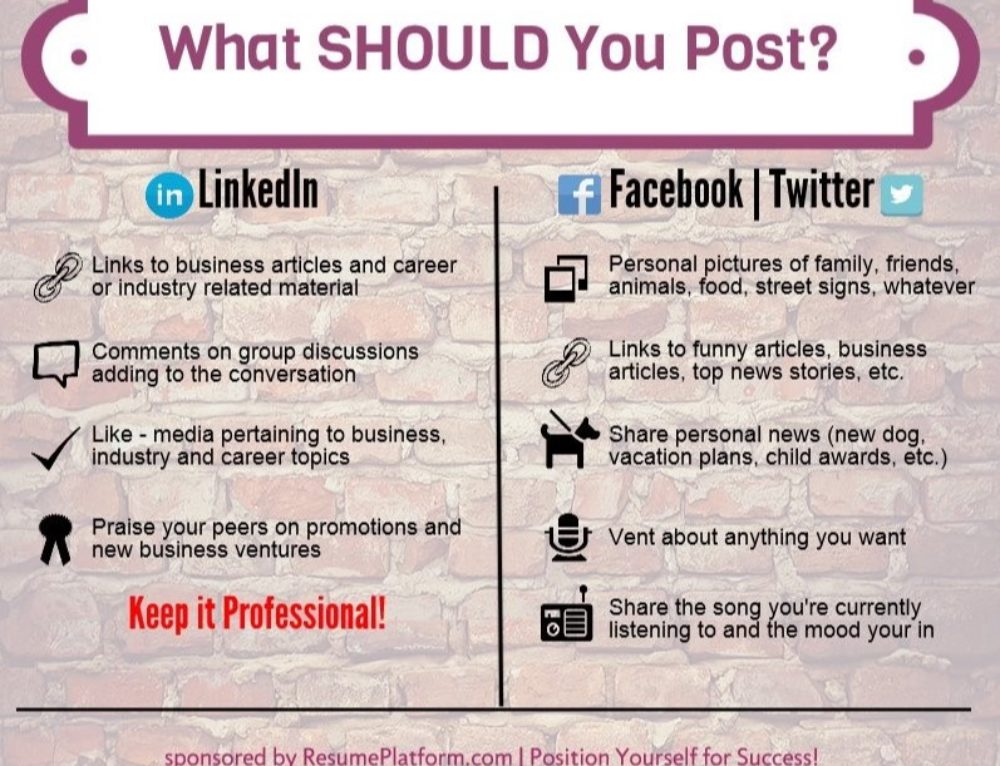Resumes have come a long way in the past 20 years. Like most things, resumes needed to evolve along with technology, the economy and job markets. There are many resources that will tell you that paper resumes are a thing of the past, but truth is, a resume is still the one document that highlights what you bring to the table. After all, what else would you bring to your interview?
So, let’s debunk some of these common myths about resumes and bring you into 2014.
#1: Your resume should only be one page.
While one page resumes are completely acceptable and appropriate for some people, a resume doesn’t need to be limited to just one page. If you have valuable achievements they should all be included. One thing to remember, if you spill over to two (or even three) pages, you need to fill the entire page with content. Two pages is the recommended cutoff for most job levels.
#2: Your resume should include every job you’ve ever had.
In the eyes of your next employer the last 10-15 years is the most important. Any earlier experience that you (or your resume writer) chose to include is supplemental and should possibly leave out years as to not highlight your age. Although age discrimination is illegal, it still happens. The most valuable experience will be your most recent, so keeping current achievements in the forefront is critical.
#3: Your resume should have an objective statement.
Objectives state what you are looking for. Plain and simple. If you applied for the job, the potential employer knows that you are interested in being hired for that position. Instead, use a summary paragraph that shows what you can really do for the company.
#4: Your resume should include a list of references.
Space on the page is a valuable commodity in resume writing. It is assumed that when asked you will provide a list of references. If you apply for a job through an Applicant Tracking System (ATS), you’ll most likely need to list references anyway, at the very least the names and contact information for previous supervisors. When is the last time you gave a reference that didn’t like your work anyway?
#5: Your resume should be black and white, no color.
While black text on a white page is the norm, it’s not unacceptable to include a little color. Go bold on your name with a navy blue. Even add a graph if it’s relevant to your job title. Use caution with color and remember to utilize it professionally. That means, no silly cartoon pictures or chartreuse headings.
There you have it. Now go and take a look at your current resume and see what needs a little work. Stay on trend and put your best foot forward.



Leave A Comment